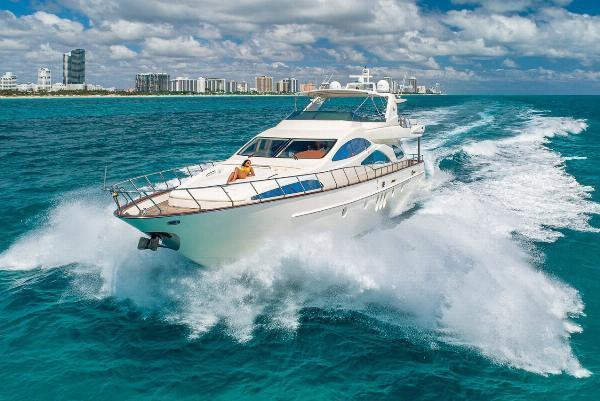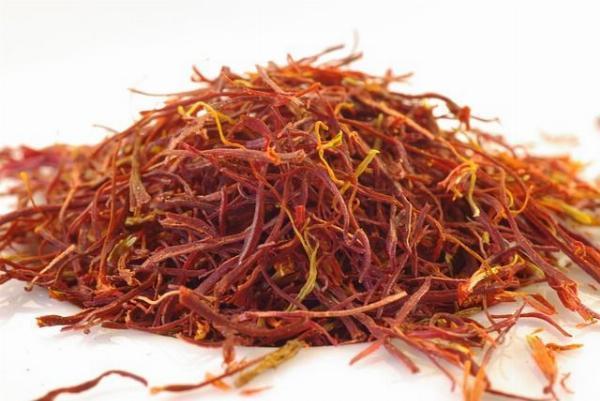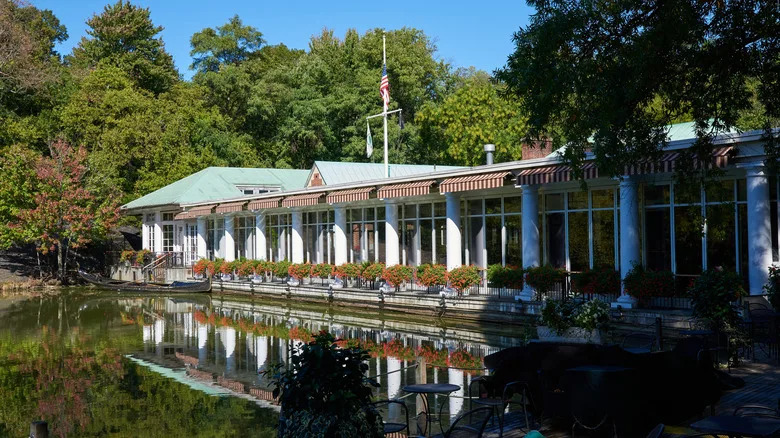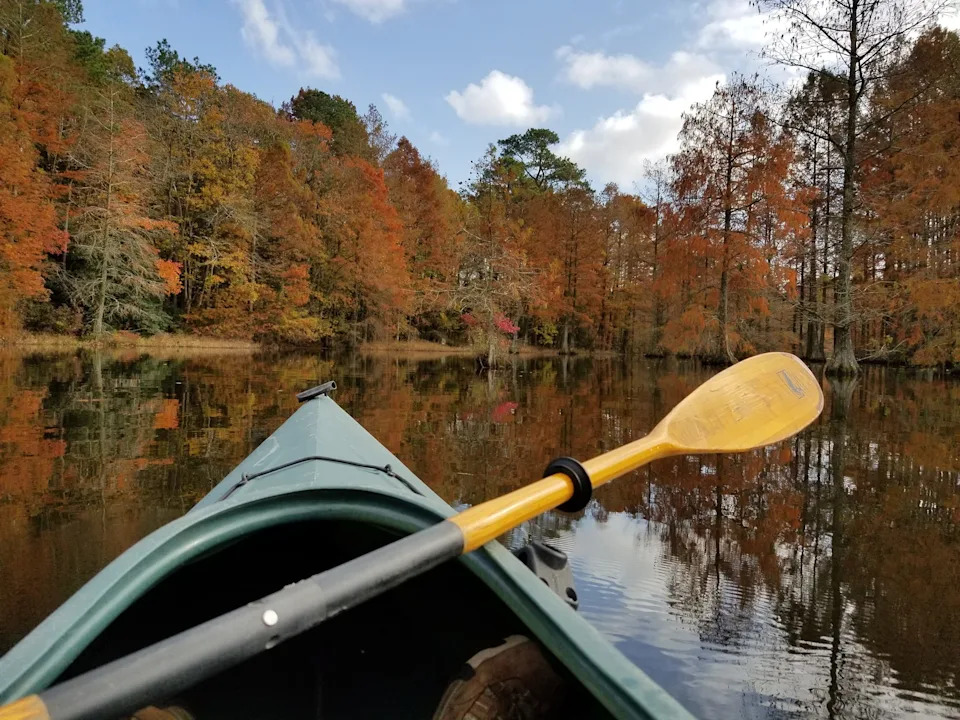Finding the sweet spot for sockeye salmon fishing at the Hanford Reach | Outdoors
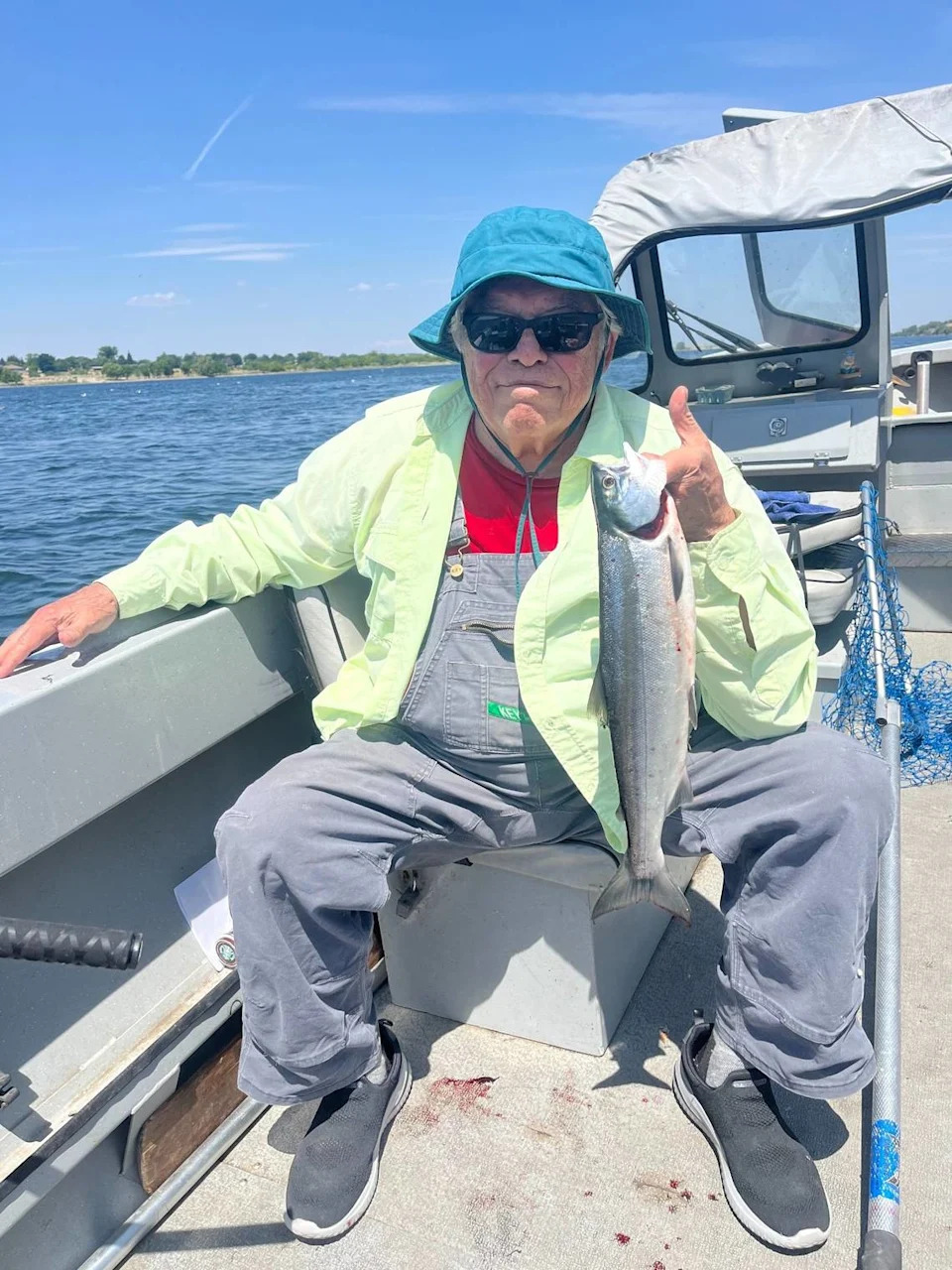
It’s 10 o’clock on a fine morning in late June, the second week of summer sockeye season in the Hanford Reach. I arrive at the Snyder Street launch to find the parking lot half full.
Two boats are tied up at the dock. A fish checker speaks to an angler as he walks up the ramp. He shakes his head, the checker writes something on her pad, and she returns to her truck. A guide filets a small sockeye while his two clients watch. He tosses the carcass to a trio of waiting American white pelicans.
After I dump my boat in, I approach the fish checker and ask for a report. “Seventeen boats, 11 fish,” she says.
AdvertisementAdvertisement#«R14e4kr8lb2m7nfddbH1» iframe AdvertisementAdvertisement#«R24e4kr8lb2m7nfddbH1» iframe“Explains the low number of boat trailers,” I reply. The WDFW fishing report for the week ending July 29, stated, “The Hanford Reach summer sport fishery has seen some good days and some slower days…..”
Mostly slower days, I conclude after looking at the data: “2,165 anglers interviewed with 221 sockeye kept.”
A steady string of text messages from friends preceded a more recent trip:
“Lost one on the 1 st jump.”
“0 for 2 in 7 ft depth.”
“No nets are out but nobody is leaving.”
“One bite on a dodger.”
“Weeds are a problem.”
I can vouch for the latter statement. Long fronds of pondweed and milfoil (a.k.a. weeds) flush from upstream reservoirs during high flow periods. You detect an unwelcome bow in your rod, reel up, and find gear tangled with a mess of weeds bigger than Dolly Parton’s wig. Some days involve a constant parade of weeds. Another reason for low catch rates is a run size downgraded from 350,200 to 183,200 Columbia River sockeye.
AdvertisementAdvertisement#«R1fe4kr8lb2m7nfddbH1» iframe AdvertisementAdvertisement#«R2fe4kr8lb2m7nfddbH1» iframeBut, first let me first tell you about the good days. On June 24, my second time out, I hooked and landed four sockeye in two and a half hours. One fish – a fat 23-incher – jumped seven times. A smaller one swam submissively to the boat. The other two made ferocious slashes at the surface—attracting the attention of nearby pelicans — peeled line off my reel, and did their characteristic crazy twisting and twirling act next to the boat.
One secret to catching sockeye is putting your lure in the right place. What I call the sweet spot or a place in the river sockeye seek to conserve energy on their lengthy upriver migration to spawning grounds in Lake Wenatchee, Okanagan Lake, and Osoyoos Lake.
 Ron Reed proudly holds up his first sockeye salmon of the summer season.
Ron Reed proudly holds up his first sockeye salmon of the summer season.Geomorphic features of the river channel funnel sockeye to specific locations along the shoreline. Some locations are well enough known to have a descriptive moniker. Unfortunately, these sweet spots come and when river elevation changes during power peaking operations at Priest Rapids dam.
One morning a curious man my age wandered down the dock and asked why I showed up to fish so late in the day. I shrugged my shoulders and explained, “I can’t leave the house until my wife is up and feeling okay.”
AdvertisementAdvertisement#«R1le4kr8lb2m7nfddbH1» iframe AdvertisementAdvertisement#«R2le4kr8lb2m7nfddbH1» iframe“At least you have a wife,” he said in response.
I may miss out on the morning bite but can always find a promising place to drop my anchor after sleepy-eyed sockeye anglers pull up and quit for the day.
I never feel lonely when I fish solo for sockeye except when it’s time to bring out the net and having an able partner is an asset. Although I recall one occasion when my net man made a swipe and tangled the lead ball dropper in the net.
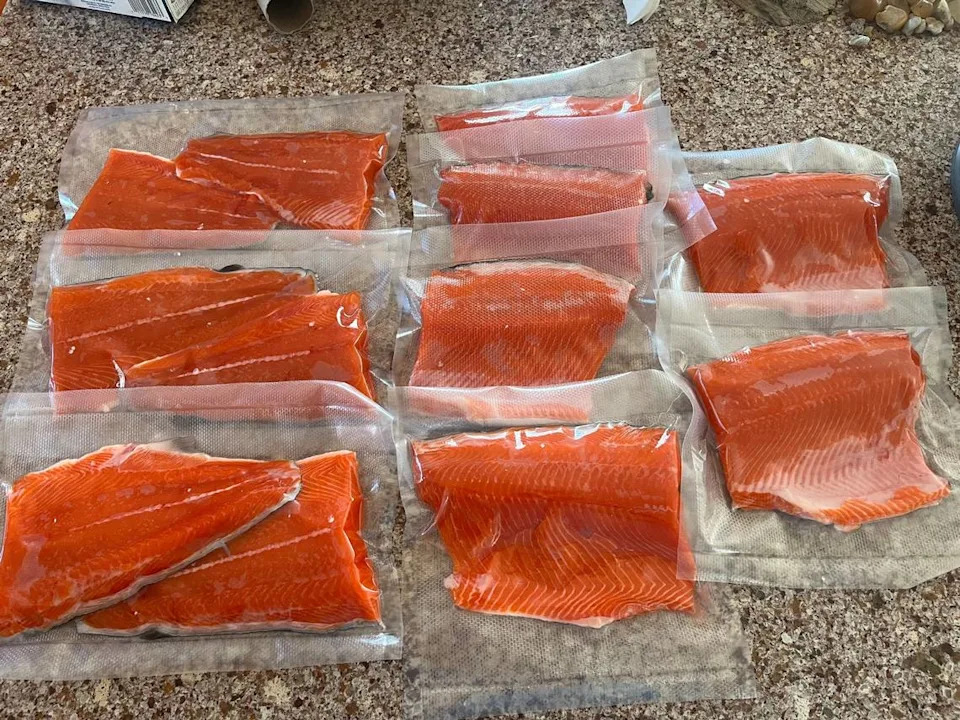 Vacuum-packing sockeye salmon filets keeps them fresh for later consumption.
Vacuum-packing sockeye salmon filets keeps them fresh for later consumption.Luckily, the fish flopped loose, knots held, and he scooped it into the boat with a deft second swipe. Another helper once netted the sockeye we’d hung on a rope to bleed out instead of the one on the end of my line. Both faux pas might have been avoided if we brought sockeye into the boat as another angler once shared: “I use thirty-pound line and haul them in without a net.”
AdvertisementAdvertisement#«R1re4kr8lb2m7nfddbH1» iframe AdvertisementAdvertisement#«R2re4kr8lb2m7nfddbH1» iframeSlow days are a test of faith; an endurance test. “Got to manage your expectations,” as my dearly departed friend Andy often preached. During empty moments, I reel up rods and check for weeds, put on fresh bait, eat snacks, and listen to the squawk of circling gulls. Reviewing the 7-day fish count for Columbia River dams for the tenth time in two days, I imagine when the next slug of sockeye will enter the Hanford Reach. I study the discharge at Priest Rapids Dam and estimate how long before weeds clear up.
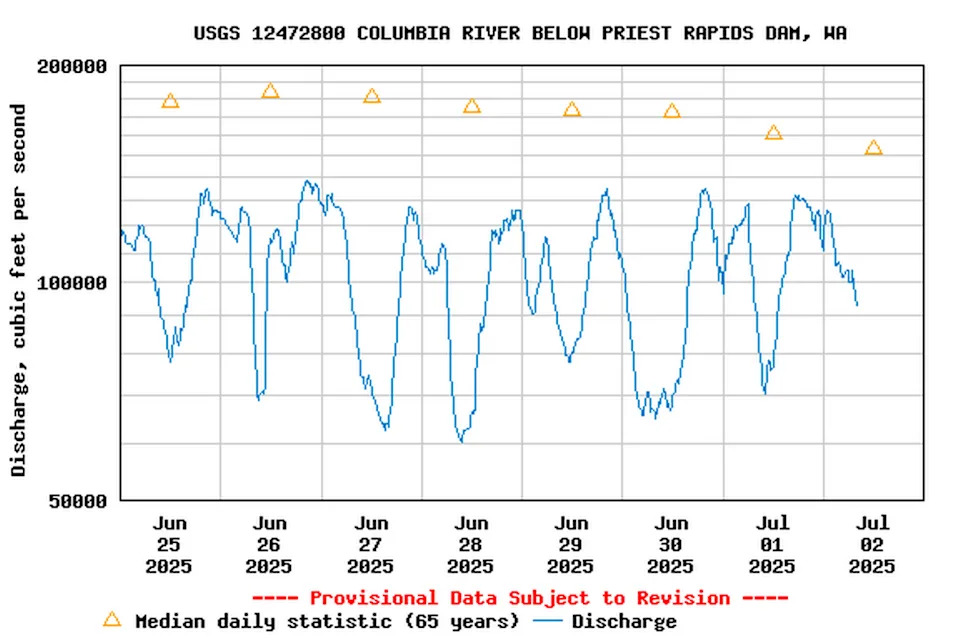 An understanding of hourly discharge from Priest Rapids Dam will help anglers find the sweet spot.
An understanding of hourly discharge from Priest Rapids Dam will help anglers find the sweet spot.There has been no take down of either rod for two long hours. Mapping local hydraulics in my mind, I let out 10 more feet of anchor rope. I tie off to the starboard side to move my boat farther out into the current. I place my 11-foot-long rod in the port holder to increase the spread between lures. When it comes to catching a sockeye, it’s all about finding the sweet spot.
Dennis Dauble is author of five award-winning books about fish and fishing and a recent book about 19 years of cabin life in the Umatilla River canyon. He can be contacted via his website DennisDaubleBooks.com.








